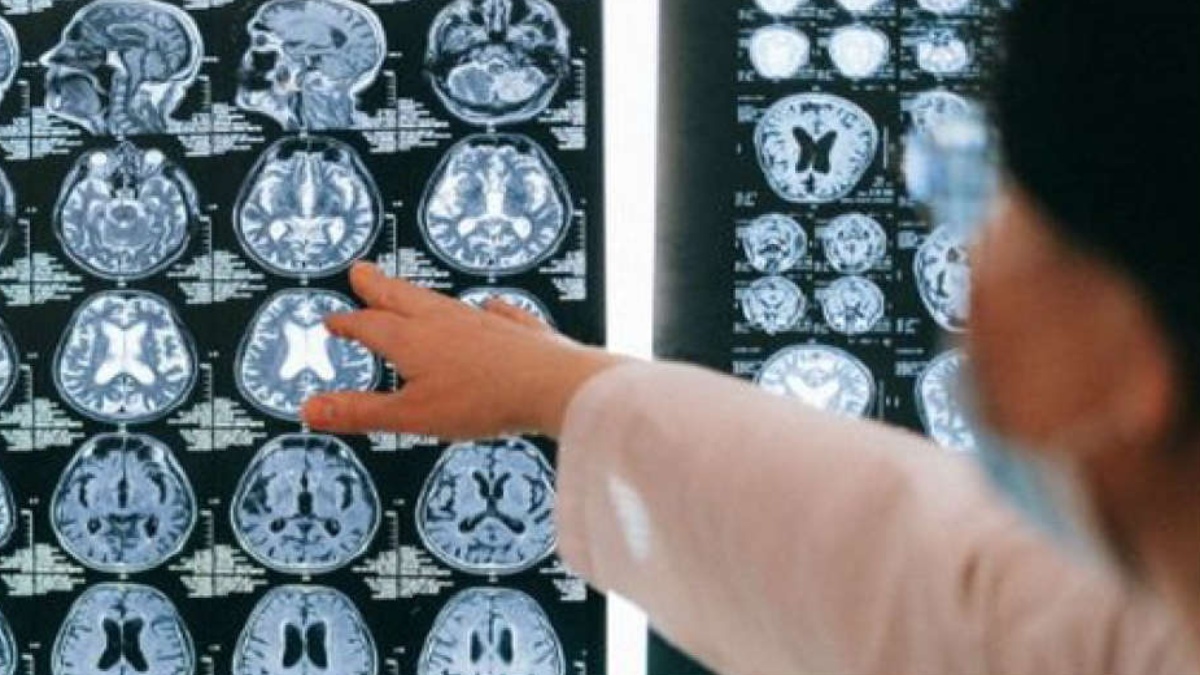Biomedical engineering researchers developed a new cell classifier tool that takes a higher-resolution look at the life cycle of neuroepithelial stem cells, which led to the discovery and exploration of a new resting phase called Neural G0.
The work conducted by Christopher Plaisier, an assistant professor of biomedical engineering in the Ira A. Fulton Schools of Engineering at Arizona State University, and Samantha O’Connor, a biomedical engineering doctoral student in the Plaisier Lab, was recently published in the research journal Molecular Systems Biology. The study could help scientists to better understand glioma brain tumours and develop new methods of treatment. “The cell cycle is such a well-studied thing and yet here we are looking at it again for the umpteenth time and a new phase pops out at us,” Plaisier said. “Biology always has new insights to show us, you just have to look.”
The spark for this discovery came through a collaboration with Patrick Paddison, an associate professor at the Fred Hutchinson Cancer Research Center in Seattle, and Dr Anoop Patel, an assistant professor of neurological surgery at the University of Washington who is also involved in the Fred Hutchinson Cancer Research Centre.
Paddison’s team called upon Plaisier to help analyse their brain stem cell data characterised through a process called single-cell RNA sequencing.
“That data turned out to be pretty amazing,” Plaisier said. “It mapped out into this beautiful circular pattern that we identified as all of the different phases of the cell cycle.” O’Connor developed a new cell cycle classifier tool- called ccAF, or cell cycle ASU/Fred Hutchinson to represent the collaboration between the two institutions —that takes a closer, “high-resolution” look at what is happening within the growth cycles of stem cells and identifies genes that can be used to track progress through the cell cycle.
“Our classifier gets deeper into the cell cycle because there could be pieces we are capturing that have important implications for disease,” O’Connor said.
When Plaisier and O’Connor used the ccAF tool to analyse cell data for glioma tumours, they found the tumour cells were often either in the Neural G0 or G1 growth state. And as tumours become more aggressive, fewer and fewer cells remain in the resting Neural G0 state. This means more and more cells are proliferating and growing the tumour. They correlated this data with the prognosis for patients with glioblastoma, a particularly aggressive type of brain tumour. Those with higher Neural G0 levels in tumour cells had less aggressive tumours.























